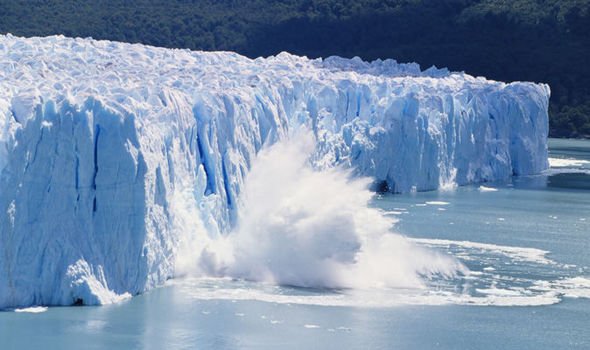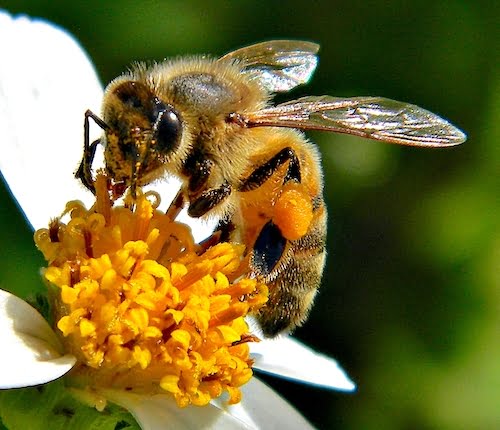Insect Apocalypse, Global Warming, Water Scarcity…
…and other environmental concerns challenging the construction industry
Things are Changing – Here are Some Facts:
Insect Apocalypse
The biomass of all insect life outweighs the total biomass of humanity by a factor of 17. One way to envision this is that for every person on earth there is an equivalent of 17 other similar sized bodies made only of squirming, crawling insect life. A recent NY Times article reported that a 2016 German study found a 75% decrease in flying insects over the last 27 years. Currently the biomass of insects is decreasing at a rate of approximately 2.5% per year. Some scientists, referring to the phenomenon as the “Insect Apocalypse”, fear the extinction of 40% of all insect life over the next 40-year timeframe.
Water Scarcity
We all learned as elementary school students that the earth is 75% water. Yet, only 2.5% of this water is fresh water and of that small amount only 1.3% is accessible. The remainder not found as accessible in streams, ponds, and lakes, but rather is trapped in the polar ice caps, or deep within the earth as groundwater. T. Boone Pickens is quoted identifying that ‘water is the new oil’. During 2018, Cape Town South Africa faced ‘Day Zero’, a date when public water supply was targeted to be shut off. Thankfully the crisis was averted through conservation, strict rationing, and improvements in water-saving technology – along a bit of luck as a multi-year drought broke. Challenges like that experienced in Cape Town are expected to become a regular a challenge for communities in years to come.
Global Warming
 2018 was recorded as the 4th hottest year on record. This isn’t an anomaly, the top ten warmest years recorded have been seen in the last two decades. The top five? – The last five years. We are experiencing a trend. One that will yield melting ice caps and rising sea levels. But the loss of land area is merely the tip of the (melting) iceberg. Loss of arable farm land, loss of fresh water resources due to salt water contamination, loss of coastal wetlands as the salt water changes the biochemistry of the effected coastal areas, loss of coastal insect and animal populations all are likely outcomes of this trend.
2018 was recorded as the 4th hottest year on record. This isn’t an anomaly, the top ten warmest years recorded have been seen in the last two decades. The top five? – The last five years. We are experiencing a trend. One that will yield melting ice caps and rising sea levels. But the loss of land area is merely the tip of the (melting) iceberg. Loss of arable farm land, loss of fresh water resources due to salt water contamination, loss of coastal wetlands as the salt water changes the biochemistry of the effected coastal areas, loss of coastal insect and animal populations all are likely outcomes of this trend.
Annual Solid Waste
Each year in the US over 250 million tons of solid waste makes its way to our landfills. That represents approximately 4.5 pounds of waste produced per-person per-day. Less than one-quarter of it is recycled; the rest is incinerated or buried in landfills. As a designer, this is of particular concern because the construction industry is responsible for 40% of this waste stream. With many landfills being closed as they reach capacity limits or closed due to negative impacts on fresh water resources, we find that we are simply running out of room.
How the Construction Industry Can Make a Difference:
Our work in the construction industry can have a positive effect on these environmental issues. A video produced by National Public Radio (NPR) that focuses on the conversion of the Jacob Javits Convention Center roof in NYC to a green or living roof, serves as a favorite design-response example that I often share with clients. This video demonstrates the tremendous positive effects (some unexpected) that can result from developing integrated, environmentally sustainable solutions to building and environmental issues / challenges.
This green roof is large – the Javits Convention Center roof covers a 6-block footprint in New York City. It once was barren, but now is covered in sedum planting materials and planting medium that influence several key environmental issues:
- Supporting insect life. Over 300,000 bees call the Javits’s roofscape home.
- Providing a resting /nesting space. Over 25 bird species have been sighted here.
- Lowering roof temperature. Roof temperatures are 6oF cooler.
- Slowing stormwater runoff. About 7-million gallons of water are absorbed.
- Reducing energy consumption. Approximately 26% less energy is used.
While a typical barren black membrane roof can easily reach temperatures in excess of 150 degrees, the Javits’s conversion to a green, vegetated roofscape, capable of supporting insect life, a welcome place for birds to rest and nest, one that reduces surface temperatures to approximately surrounding ambient air temperatures is impressive. But, when I share this video, the greatest response of most viewers comes in finding that while delivering all the above-noted environmental benefits, the Javits Convention Center realizes an annual energy savings of approximately $3-million per year. Helping to save the planet – and saving money at the same time!
View the NPR – Green Roof Video, and please send a note and tell me what you think.


